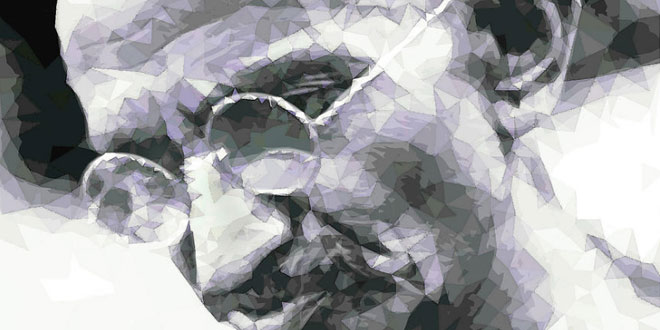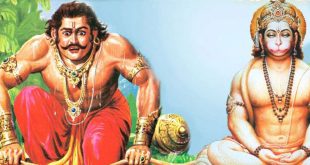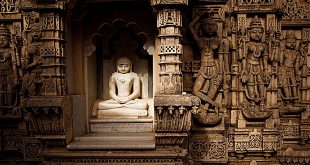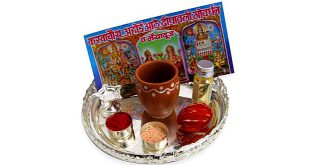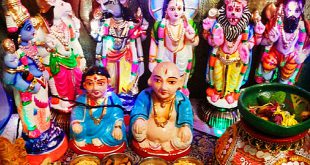Why did Gandhi fast? Gandhi (1869-1948), known as Mahatma meaning ‘great soul’, is regarded as the father of India. From 1919 he led the country’s campaign for independence from the British, which was eventually granted in 1947.
He was committed to non-violent action, such as refusing to pay taxes, strikes, and non-cooperation with the British, believing that independence could not be achieved by force. When he became dissatisfied with the progress of the negotiations in the 1930s, he began fasting to death. He would refuse to touch any food for many weeks in an effort to influence the British and to gain attention and support among Indians for the campaign.
Dateline of the fasts unto death:
- In 1918. For an increase in the wages of mill workers in Ahmedabad. Lasted four days.
- In 1932. For joint electorates for the entire Hindu populace rather than separate electorates for untouchables. Lasted six days.
- In 1947. For communal harmony. Lasted four days.
- In 1948. For communal harmony. Lasted six days.
Why did Gandhi fast?: Dateline of all fasts
- July 1913, South Africa. As atonement for a moral fall of two Ashram inmates. Fast for 1 week; thereafter, 1 meal a day for 20 weeks.
- Late 1913, South Africa. During the Miners March. When striking indentured labourers were killed by policemen, Gandhi ate one meal a day for some time and asked others to follow suit. The first of his public fasts.
- 15 March 1918 to 19 March 1918, Ahmedabad. For raising of wages of mill workers. Resulted in an arbitration mechanism being put in place for labour disputes, and in the formation of the first of Gujarat’s labour unions, the Ahmedabad Labour Association.
- 14 April 1919, Ahmedabad. A 72-hour fast, as atonement for the violence during the anti-Rowlatt Act protests. Asked countrymen to fast for 24 hours.
- February 1922, Bardoli. A 5-day fast to atone for Chauri Chaura.
- 17 September 1924, Delhi. A 21-day fast against the anti-Hindu violence in Kohat in the North West Frontier Provinces.
- 12 September 1932, Yerwada jail. A fast unto death against separate electorates for untouchables. It culminated in the Gandhi-Ambedkar Poona Pact where a common electorate for all Hindus was agreed upon, provided the untouchable had seats reserved for them in the legislature and provided there was a primary election – before the main election – where the untouchable would vote for other untouchable who would then stand for elections on the reserved seats.
- May 1933, Yerwada jail. A 21-day fast for self purification and over his distress at the continuing practice of untouchability. Released from jail after a few days, he continued to fast until the 21 days were over.
- 16 August 1933. Facilities in his jail cell for Harijan work. Released from jail.
- 7 August 1934, Wardha. A 1-week fast in reparation for the attack on Lalnath, a sanatanist; the sanatanists were opposed to Gandhi’s untouchability cause.
- 3 March 1939, Rajkot. A fast against the breach of faith by the ruler of Rajkot who had promised to carry out administrative reforms in his territory but retracted on his promise. The fast ended four days later when the dispute got referred to the Chief Justice of India.
- 10 February 1943, Poona. A 21-day fast as a response to the Viceroy’s insisting that Gandhi admit to being responsible for the disturbances of 1942 and give an assurance that they would not recur.
- September 1947, Calcutta. A fast unto death for communal harmony. Ended when Gandhi received a signed declaration from several parties.
- 13 January, 1948. A fast unto death for communal harmony. Ended on January 18 after assurances from various groups.
 Kids Portal For Parents India Kids Network
Kids Portal For Parents India Kids Network
